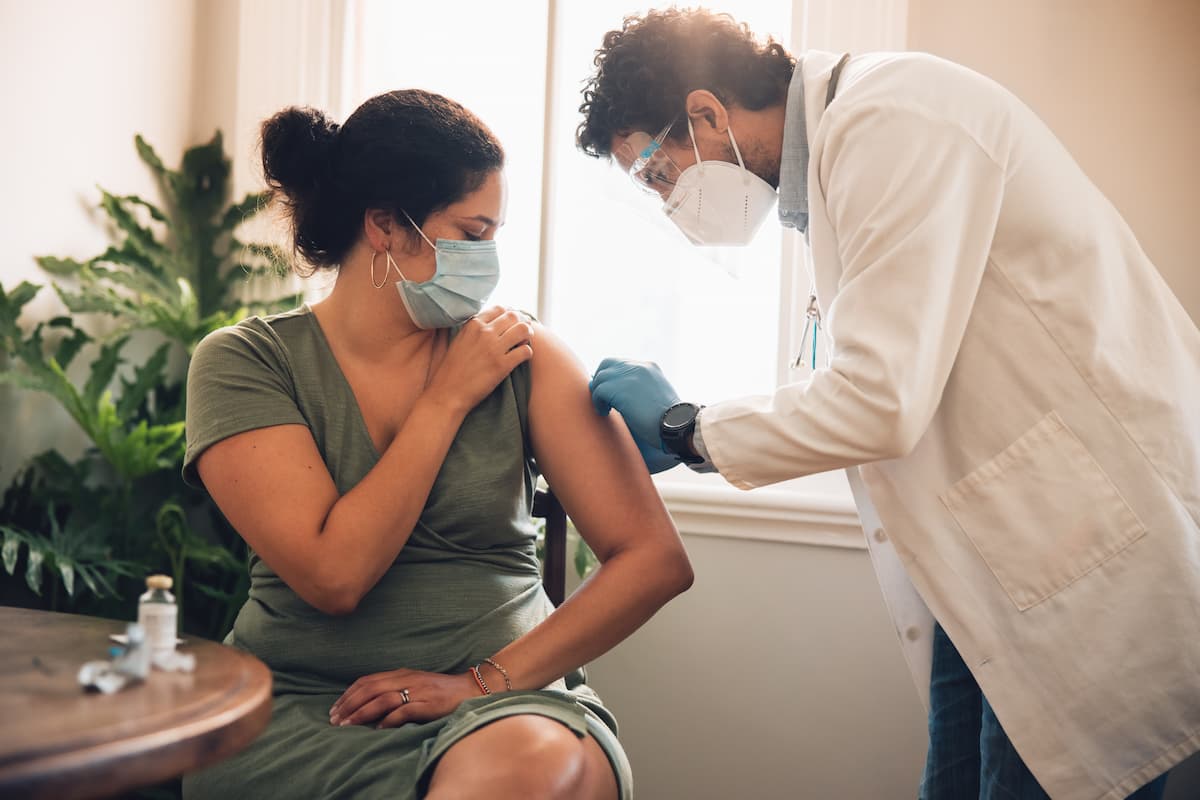Article
Data Support PCV13 Pneumococcal Vaccine for Serotype 19A
Author(s):
From 2017 to 2021, Australia did not experience a large increase in infections of serotype 19A across all ethnic and age groups, unlike New Zealand.
The overall crude incidence rate of invasive pneumococcal disease (IPD) is increasing among children in New Zealand (NZ), according to a new study in The Lancet. Australian Indigenous people and NZ Māori and Pacific peoples had a disproportionally higher burden of IPD as well.
Image Credit: Adobe Stock - magicmine

Australian Indigenous people have a more than 4-fold increased risk of IPD compared to non-Indigenous Australian people, according to the study. NZ Māori and Pacific peoples have a more than 2.5-fold increased risk of IPD compared to other NZ ethnicities.
“This gap might be explained by a lower immunization coverage,” the study authors wrote in the article. Other risk factors for IPD in these populations include lower socio-economic status and high medical risk comorbidities.
The 10-valent pneumococcal conjugate vaccine (PCV10) and 13-valent pneumococcal conjugate vaccine (PCV13) have been shown to reduce incidence of IPD. The latter has been the primary candidate in Australia’s national immunization program (NIP) since 2011; the former has been a part of NZ’s immunization program since 2017.
NZ added PCV10 in 2017 to cross-protect against serotype 19A, which made up 17% of NZ’s IPD isolates in 2016. Serotype 19A is still the most abundant serotype of IPD in NZ. Australia did not have similarly high rates of serotype 19A so, in 2022, NZ changed their program to include the PCV13 vaccine.
Investigators conducted an observation study to compare vaccine schedules (PCV10 versus PVC13) with surveillance data on incidence of IPD between Australia and NZ from 2017 to 2021. Both countries had similar incidence to the United States during this time. Investigators focused on age, ethnic groups, and role of serotype 19A on IPD crude incidence.
Investigators observed that crude incidence of IPD was much higher in NZ compared to Australia. The crude IPD incidence was 4.3 to 8.4 per 100,000 people in Australia, while incidence was 6.9 to 11.4 per 100,000 in NZ. It was also higher in young infants, older adults, and ethnic groups that include Australian Indigenous people and NZ Māori/Pacific peoples.
An increase of serotype 19A across NZ caused a significant increase in IPD incidence in children under 2 years of age. And despite IPD incidence decreasing with the vaccines, older adults aged 65 years and older were at substantially higher risk. Investigators suggest that immunizing infants can indirectly promote immunity in older adults to minimize disease burden.
NZ and Australia do not share a case definition for IPD, which is a limitation of the study. Further, individual data on medical history or immunization status were also not available throughout Australia, the study excluded certain groups of people, there was no separate analysis of IPD incidence in Māori and Pacific peoples, nor an analysis of the impact of other vaccines on incidence.
Data support NZ adapting their national immunization program (NIP) to include the PCV13, which is the primary vaccine administered for IPD in Australia, according to the investigators.
“Several countries have not seen an increase in serotype 19A after PCV13 implementation in the immunization program (me),” the study authors wrote in the article.
Reference
Hagedoorn N, Anglemyer A, Gilkison C, Hartley M, Walls T, et al. Comparison of the epidemiology of invasive pneumococcal disease between Australia and New Zealand in 2017–2021: an observational study based on surveillance data. Lancet. April. DOI: 10.1016/j.lanwpc.2023.100764
Newsletter
Stay informed on drug updates, treatment guidelines, and pharmacy practice trends—subscribe to Pharmacy Times for weekly clinical insights.

FDA Grants Full Approval to mRNA-1273 COVID-19 Vaccine in Children At Increased Risk





